Milkweed
Asclepias syriaca
Conventionally Grown
Help ease the threat placed on Monarch populations.
Monarch butterflies, with their strikingly streaked caterpillars, gold-foiled chrysalises, and tiger-striped wing patterns, are one of the most beloved of all butterflies. We humans flock to witness monarch migrations, but we are also responsible for their decline. Loss of habitat and exposure to pesticides threaten monarch populations from Canada to Mexico. Grow Milkweed, the monarch caterpillar's host plant, to create a monarch sanctuary in your own backyard. Create a companion planting of Butterfly Weed for very happy butterflies.
Couldn't load pickup availability
Growing instructions
Cold stratification required: direct sow in fall or early winter into a clean, prepared bed. Or, for spring sowing, sow in deep seed-starting pots about ¼" deep, in rich, damp soil. Cover and refrigerate for 3 weeks. Afterwards, move to a 70-degree, well-lit spot for germination, which can take up to 14 days. Transplant outdoors after frost in an area that can remain a milkweed patch for years.
Please note: Common milkweed (Asclepias syriaca) is native to much of the eastern and mid continental U.S.—most areas east of the Rocky Mountains. If you live outside of these areas, please do not buy or plant Asclepias syriaca. Before planting any milkweed, it's always a wise idea to reference monarchwatch.org or the Xerces Society for more information on milkweed species that are native to your specific area.
Product Details
| Days to Maturity | 80 days from transplant365 days |
|---|---|
| Days to Germination | 21 days |
| Height at Maturity | up to 36" |
| Hardiness Zone Range | 3 4 5 6 7 |
| Sun Conditions | Full Sun (8+ Hours Sun) |
| Planting Depth | 1/4" |
| Row Spacing | 12" |
| Plant Spacing | 12" |
About the artist
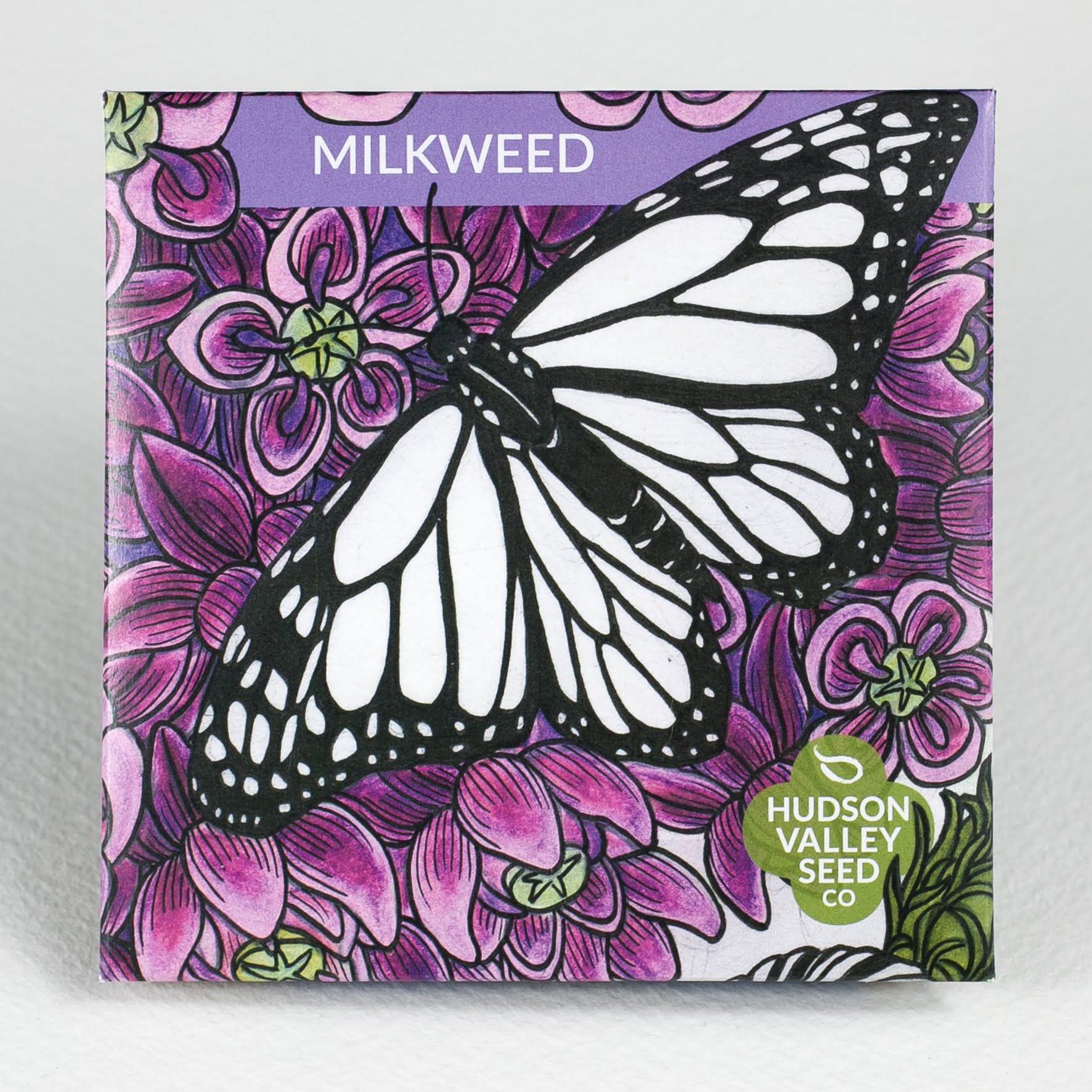
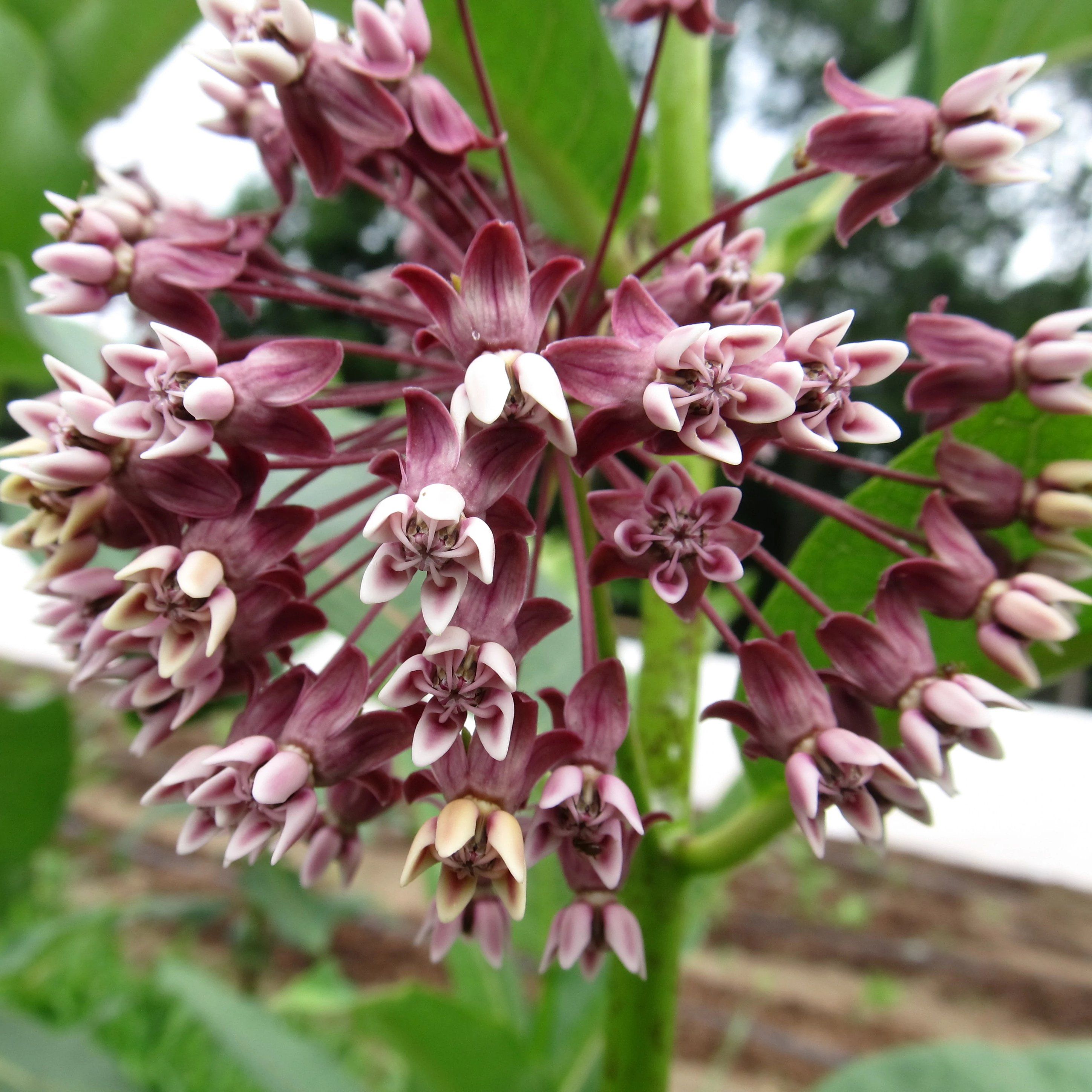
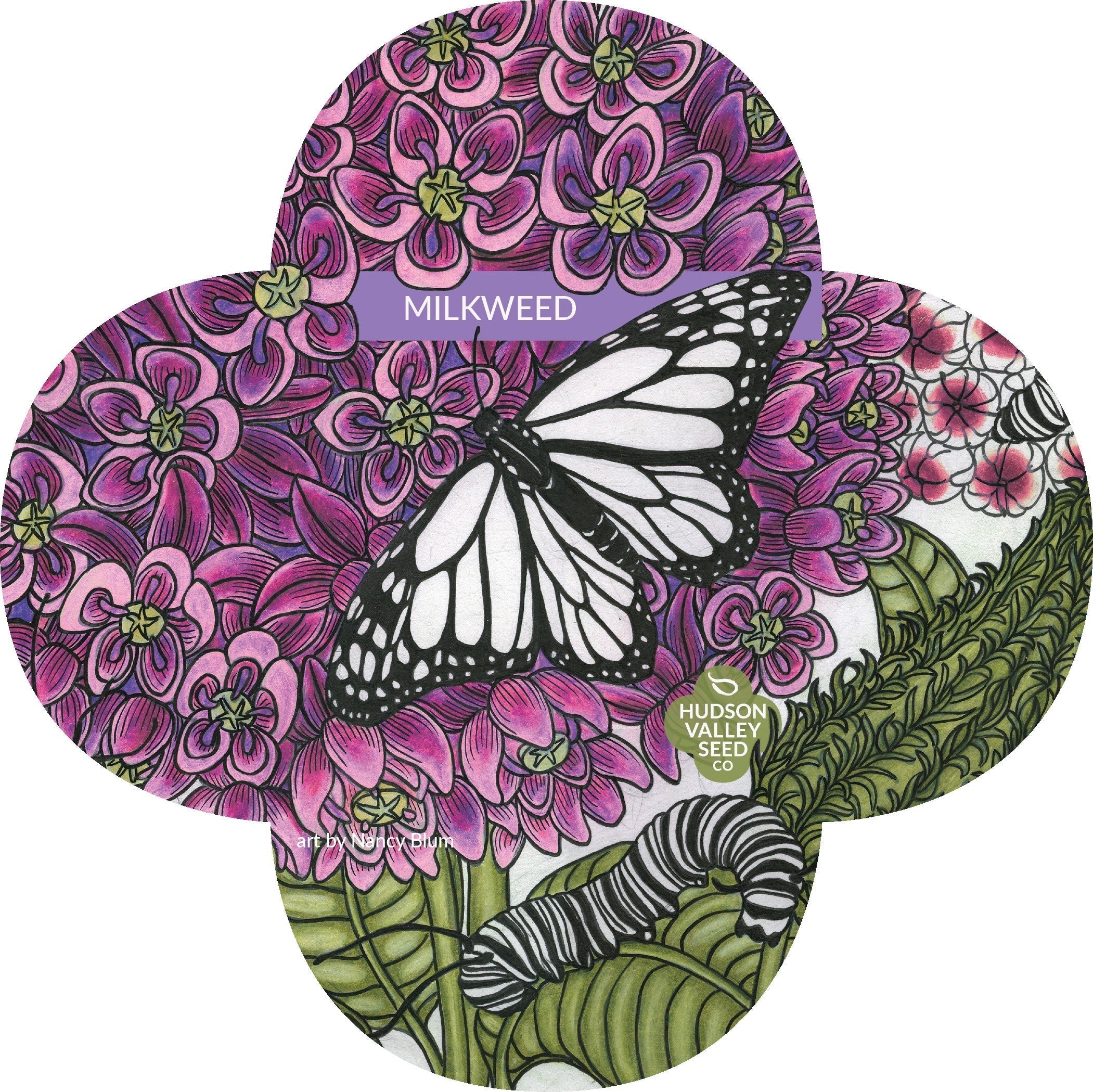
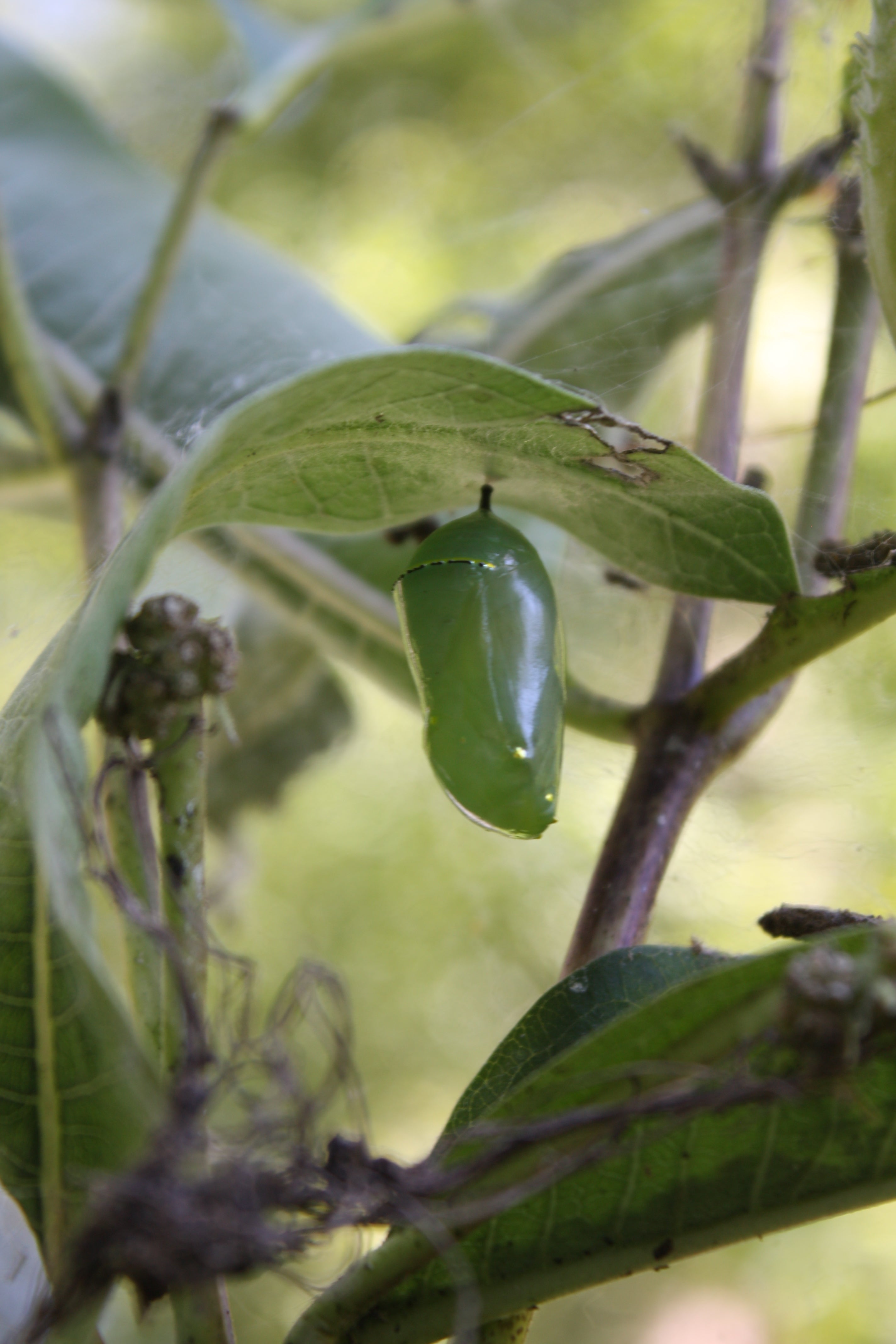

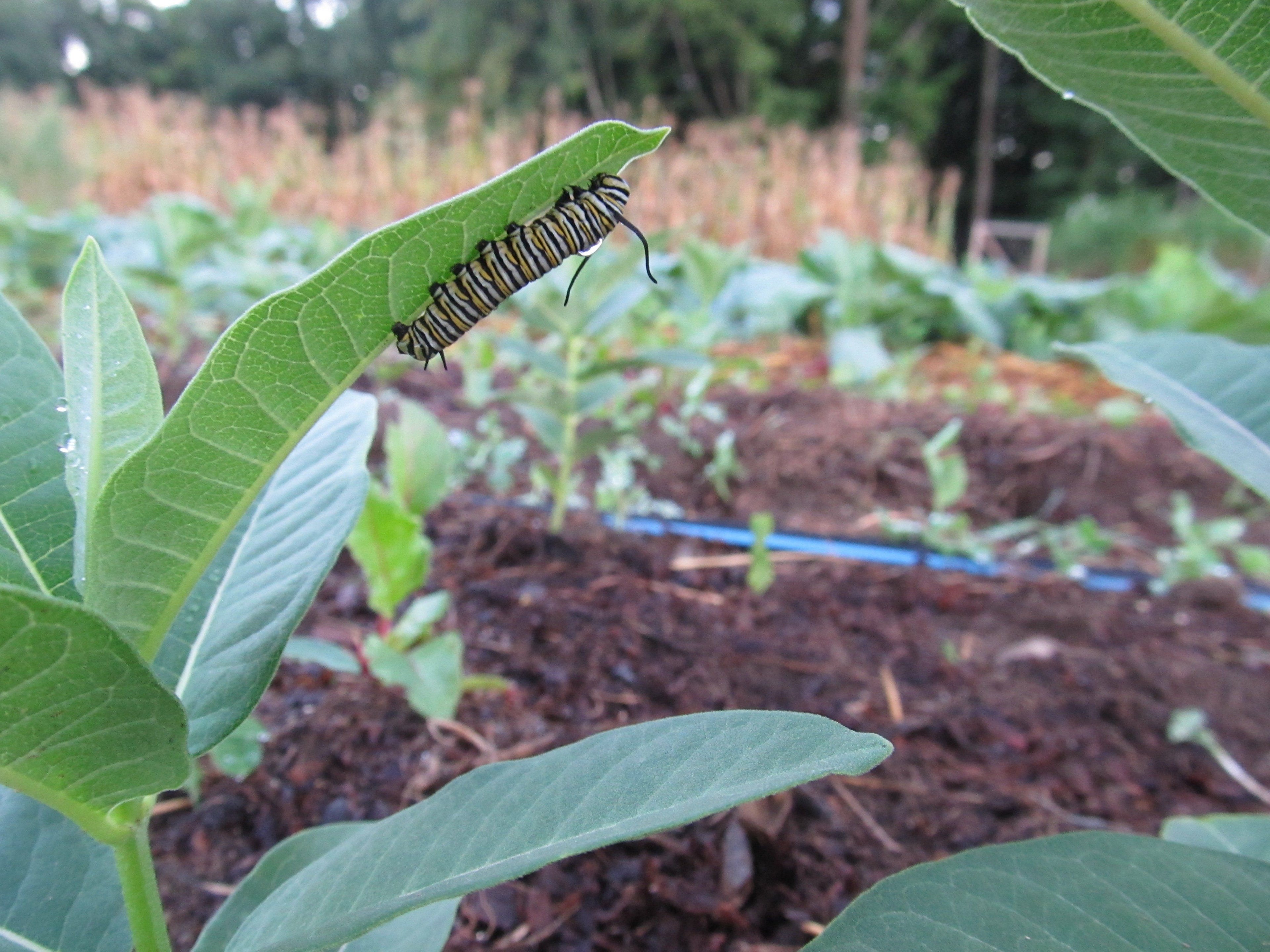
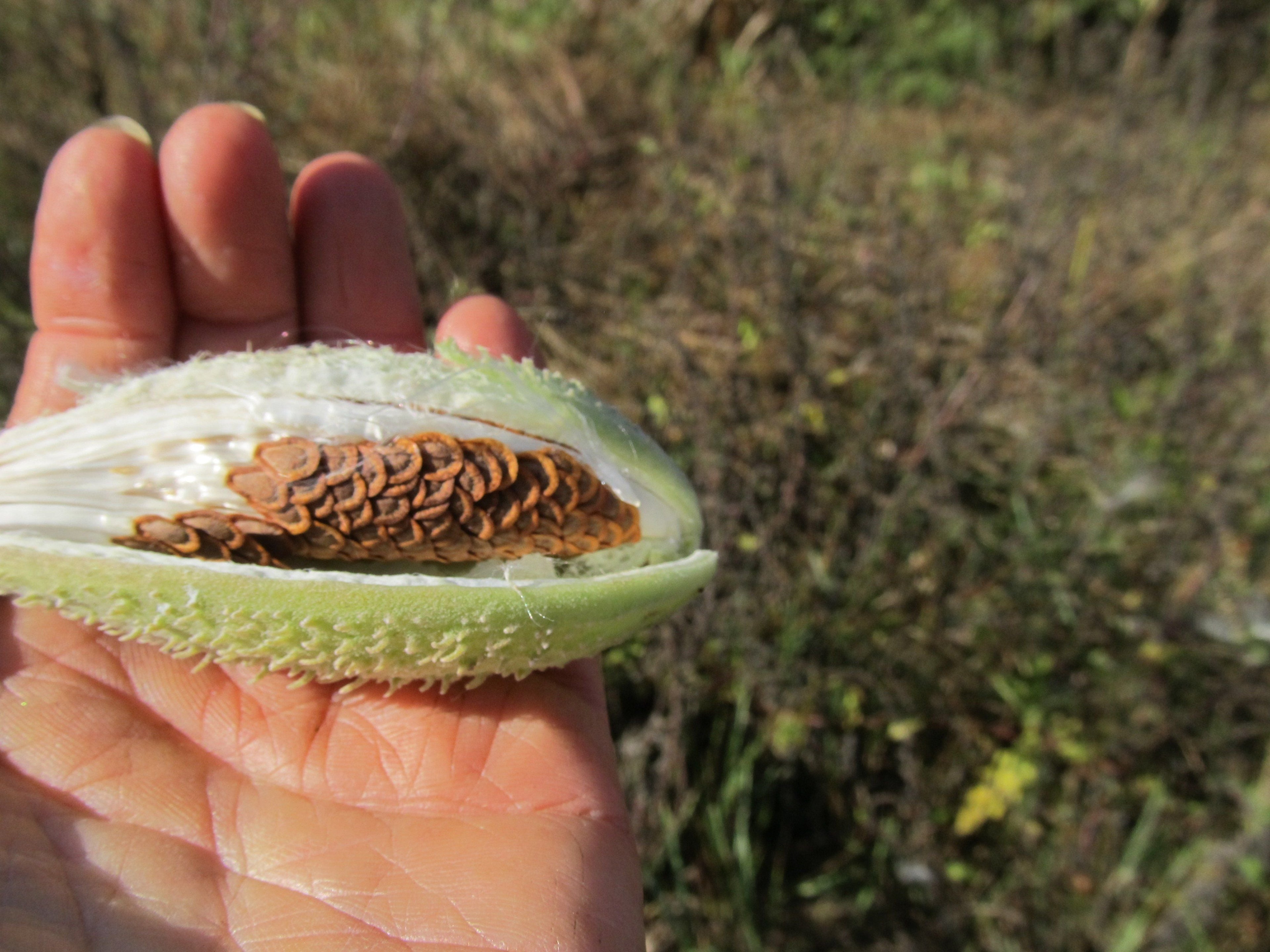
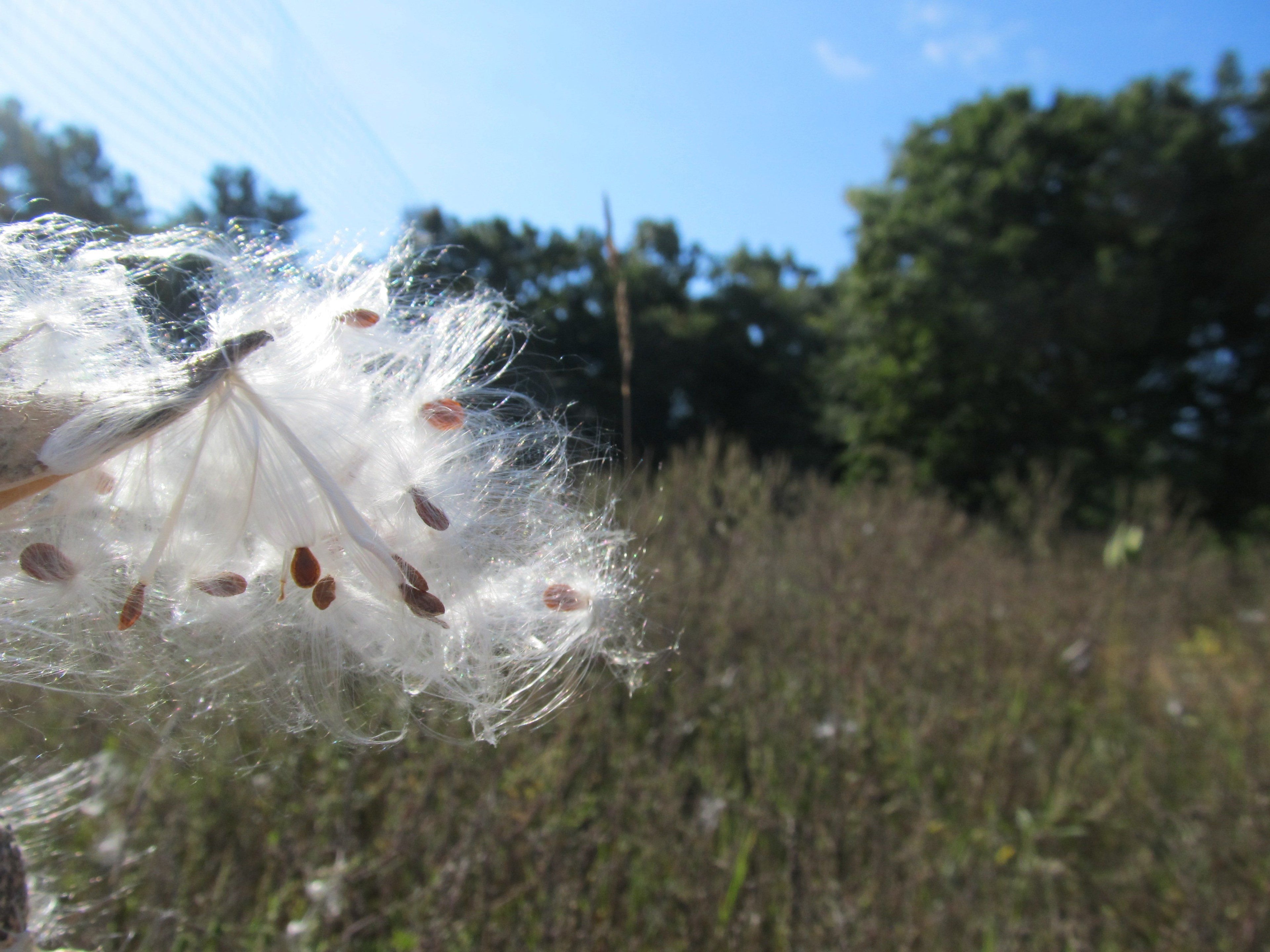

Milkweed
- Regular price
-
$4.99 - Regular price
-
- Sale price
-
$4.99









